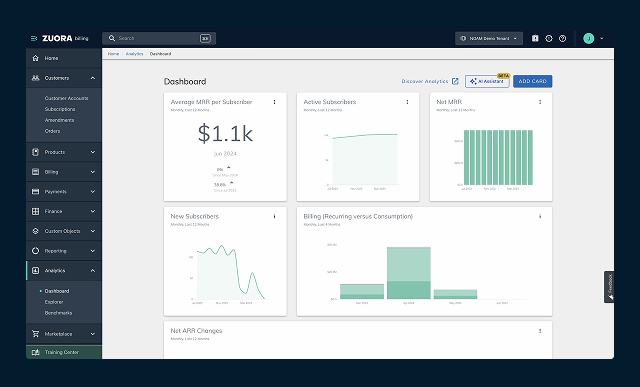The use of analytics in ERP [data & development] shops, suites, software solutions and systems is no longer news. We have been applying big data analytics to the ERP landscape for many moons now and no significant system worth its salt operates without making a weighty number of analytics calls.
If we can say more about what shape ERP analytics needs to be today, then we might suggest that it needs to be adaptive, accessible & all-round convenient (i.e self-service) in nature.
InterSystems is aiming to bring all three attributes to bear with the most recent iterations of its trademarked IRIS data platform product.
Adaptive analytics
IRIS now includes Adaptive Analytics capabilities and additional SQL extensions for analytics to improve the process of implementing an enterprise data fabric architecture.
In this context, Adaptive Analytics within InterSystems IRIS is supposed to offer data engineers and ERP systems staff ease of use and self-service analytics capabilities to visualize, analyse and interrogate live data from multiple sources in a consistent format.
“One of the biggest data challenges facing businesses today is integrating their data from across multiple systems and silos and turning it into actionable insights,” said Scott Gnau, vice president of data platforms at InterSystems.
Enterprise data fabric
This is what Gnau (and a whole lot of the rest of the industry) likes to call an enterprise data fabric approach i.e. having the capability and scope to work with data at different levels, in different formats, across different cadences, from different sources, with different levels of veracity, velocity and de-duplication (Ed – we get it lots of different data streams in different shapes) and still be able to deliver core ERP (or other) platform performance and results.
“Enterprise data fabrics have emerged as the solution to this issue as they allow data to stay where it is, enabling businesses to maximise the value from their previous technology investments, including data lakes and warehouses, without having to ‘rip-and-replace’ any of their existing technology,” said Gnau.
InterSystems is claiming to be able to empower users to get the information they need to make timely and accurate business decisions, regardless of the source, format, velocity, or age of the data, without needing to be experts in data design or data management.
Adaptive Analytics extend these capabilities further, making the fabrics ‘smarter’ to enable business user self-service and making data usable for a large number of applications to meet a wide range of critical business requirements, including risk management, business management reporting, decision support, and regulatory compliance.
Smart data fabrics
A core component of smart data fabrics, InterSystems IRIS also provides faster time to value and powers intelligent predictive and prescriptive services.
“There has been significant interest in the financial services sector for an approach like data fabrics to help meet the rapidly evolving needs of sector participants. By embedding analytics directly into the data management platform, smart data fabrics take these initiatives one step further by eliminating the need to move the data to different environments and reducing latencies to support real time and near real time use cases,” said Monica Summerville, head of capital markets, Celent.
Celent research has found that financial services firms are looking to self-service approaches and advanced data management technologies to increase efficiency, comply with risk and regulatory reporting.
As part of its latest release, InterSystems has also provided additional SQL Extensions for Analytics make it easier for data teams to access data for machine learning, BI and reporting use cases more quickly and efficiently.




